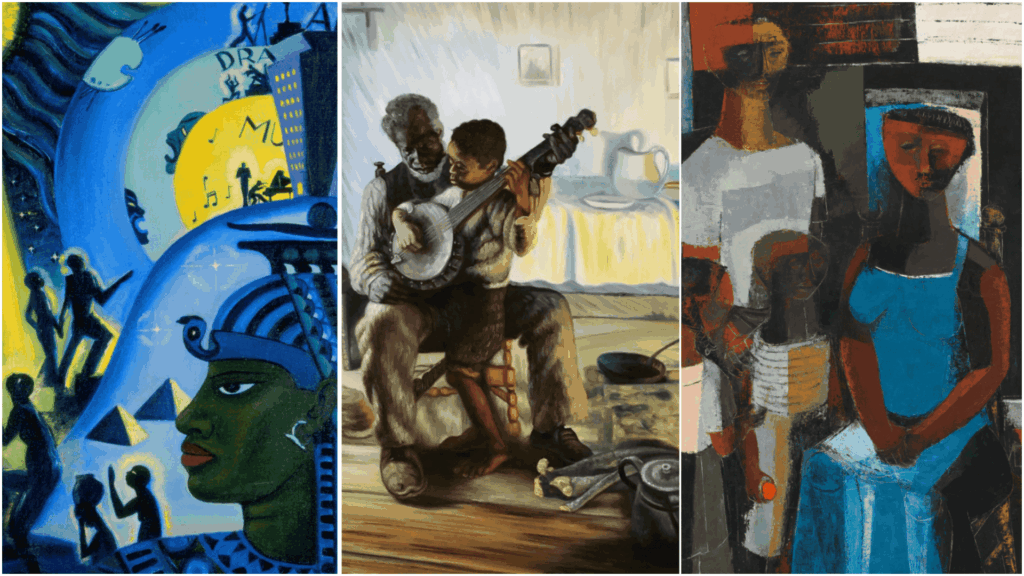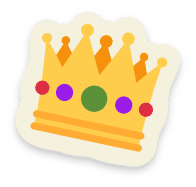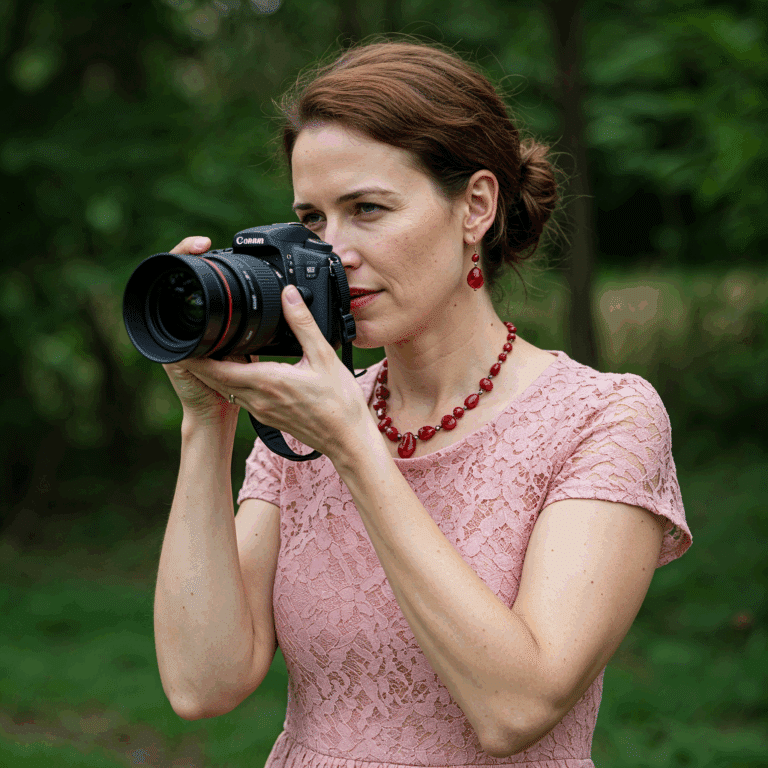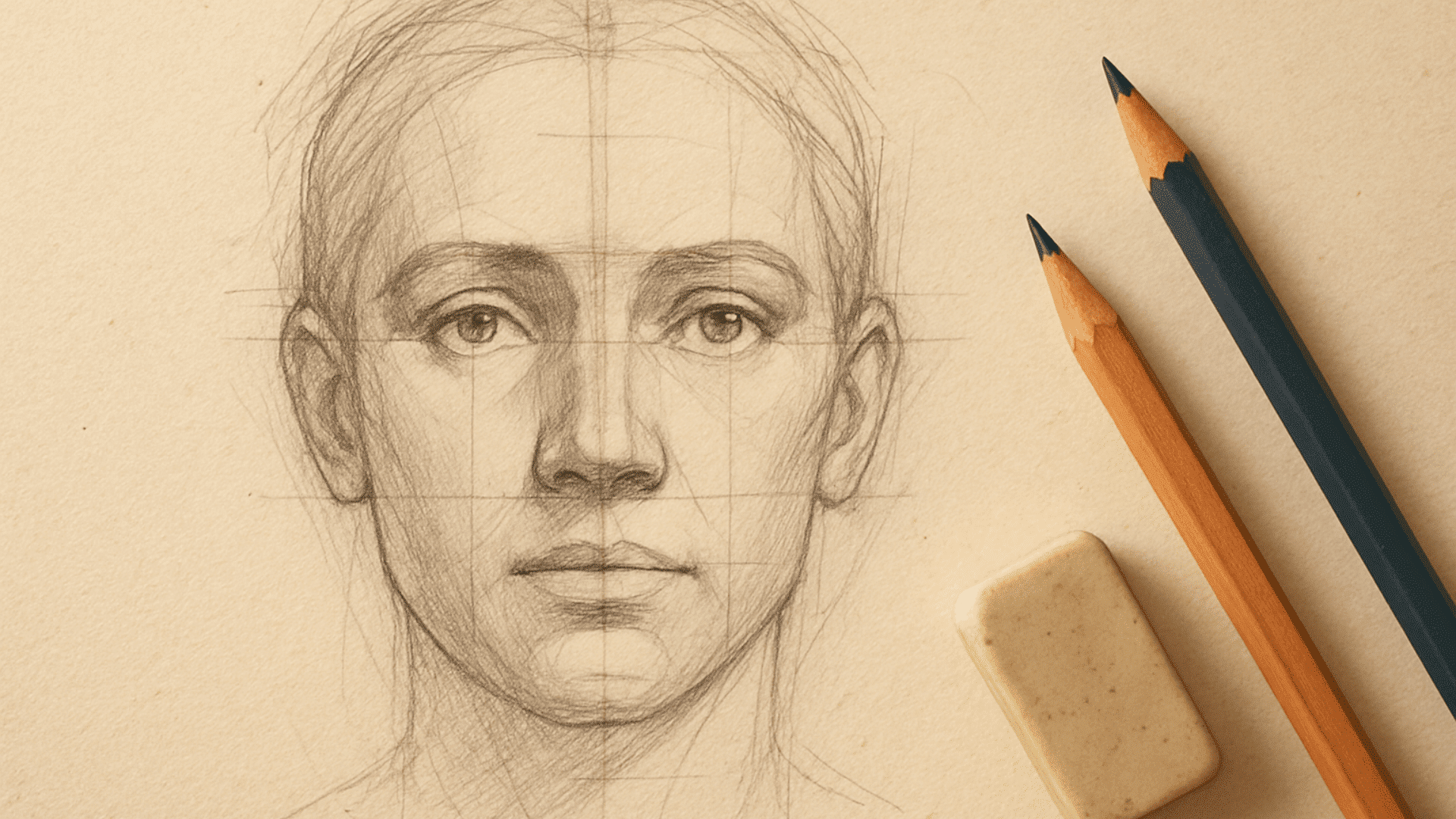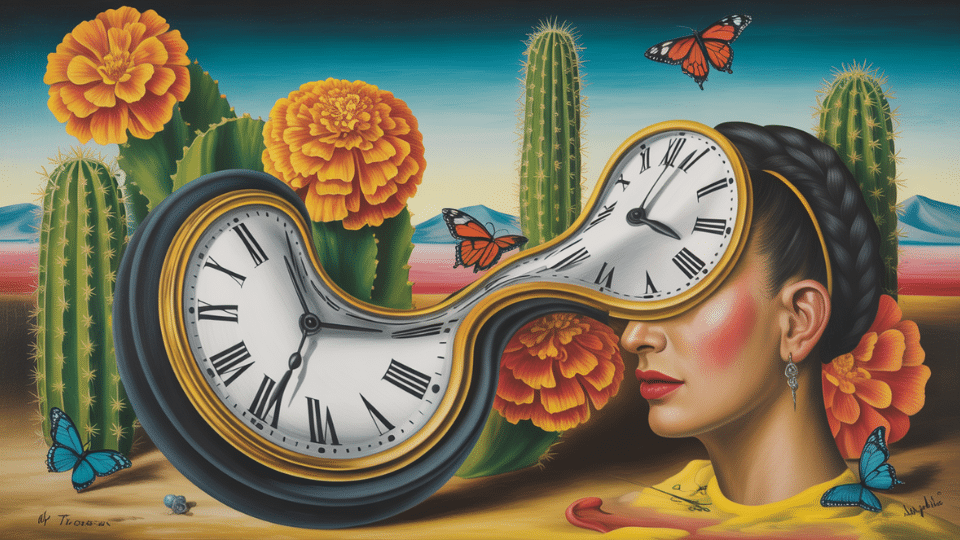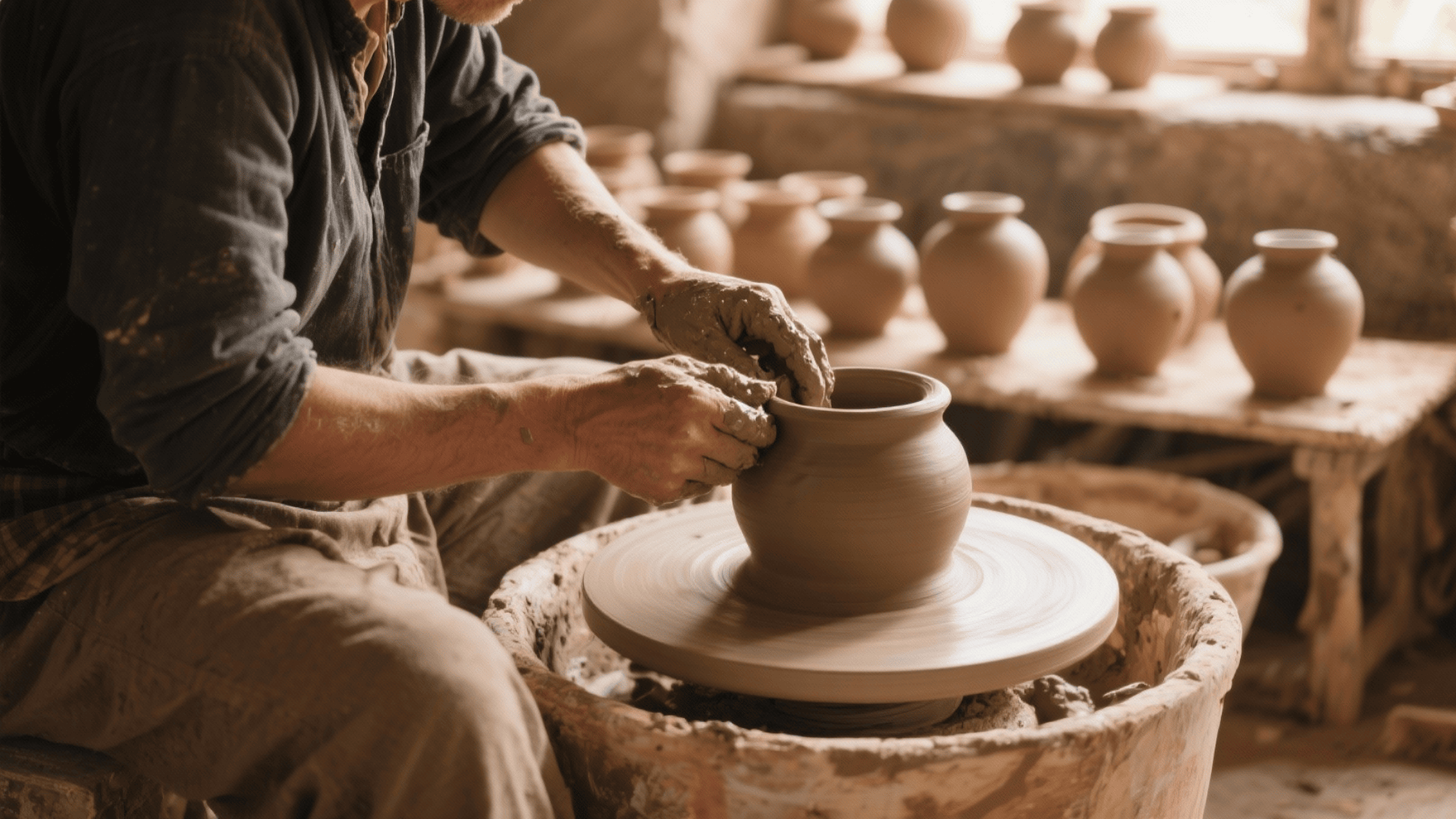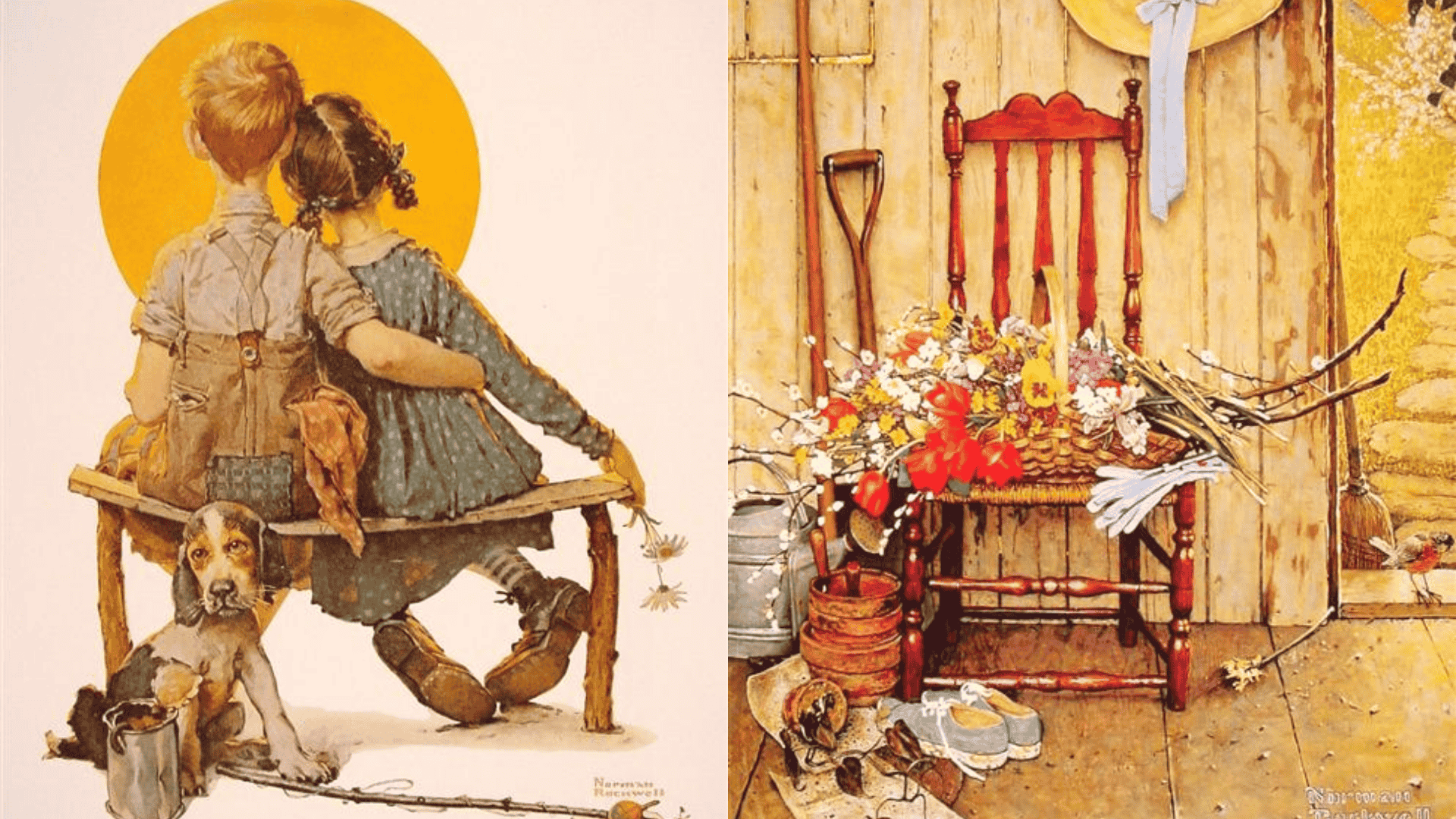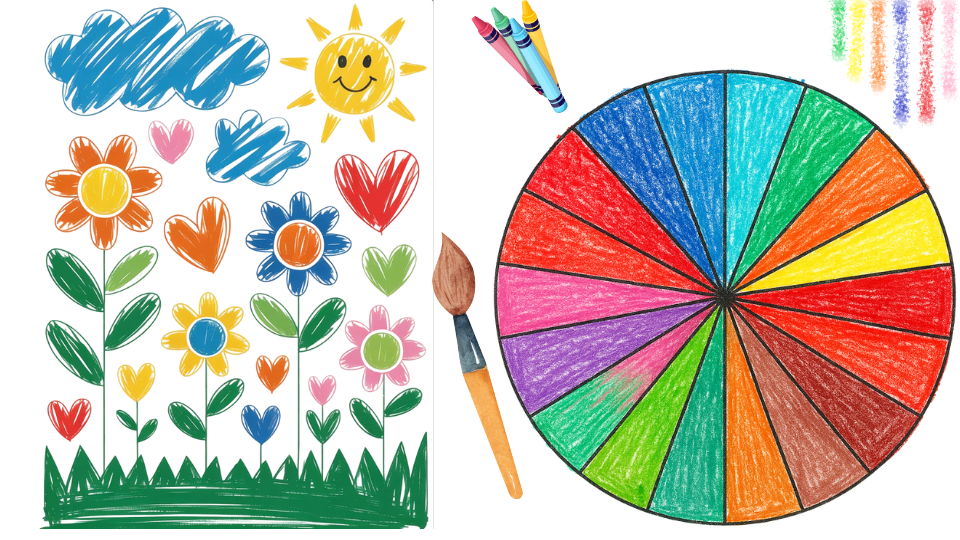The Harlem Renaissance was a remarkable period in American history, spanning the 1920s and 1930s, when something extraordinary was happening in the shadows of New York City.
In the bustling Harlem neighborhood, African American artists were creating secret worlds on canvas, telling stories that had never been told before.
Mysterious painters like Aaron Douglas and Augusta Savage employed bold colors and striking, beautiful symbols to reveal hidden truths about their experiences.
Their brushstrokes held secrets of jazz music, dreams of freedom, and whispered tales of struggle and triumph.
These artists painted by moonlight and daylight, creating artwork that seemed to pulse with life and mystery. Step into their world and uncover the artistic secrets that still echo through time!
Why Teach Harlem Renaissance Art?
Teaching Harlem Renaissance art helps students connect art, history, and social justice in meaningful ways
According to eMediaVA, lessons built around primary sources and creative projects let students analyze original works and then respond with their own art.
This hands-on approach makes history personal and engaging. Meanwhile, The Art of Education highlights the value of essential-question discussions, such as “How can art tell a story of justice and identity?”
Inspired by artists like Jacob Lawrence, students can create original pieces reflecting today’s struggles and hopes
Together, these strategies demonstrate to students that art is not only creative but also powerful in shaping social change.
Top Harlem Renaissance Paintings and Classroom Activities
Harlem Renaissance paintings offer students engaging insights into art, culture, and history. They emphasize identity, resilience, and community through creative activities. Teachers can inspire curiosity and critical thinking with these nine works.
1. The Ascent of Ethiopia: Lois Mailou Jones (1932)
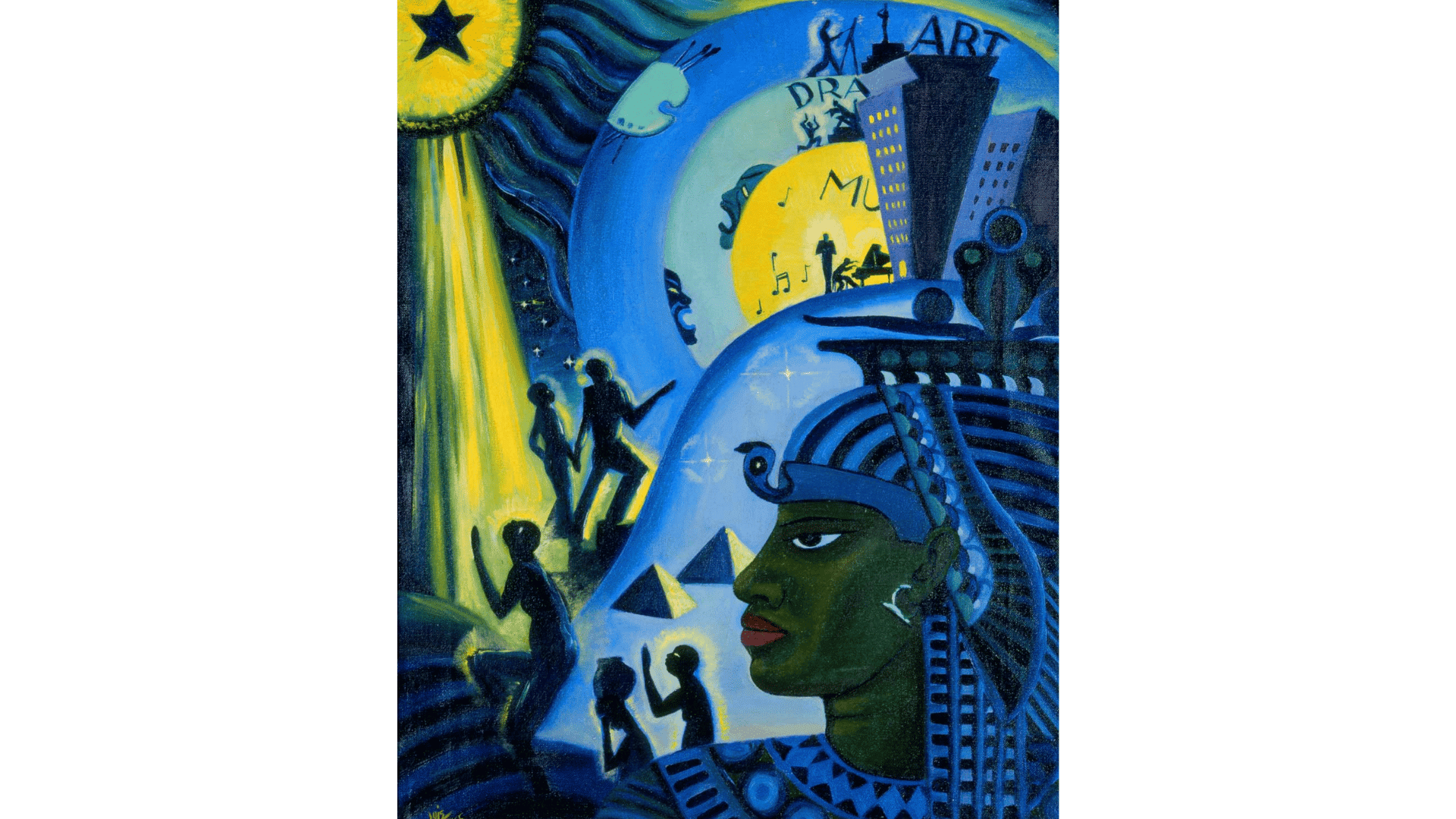
Source: MilwaukeeArtMuseum
This piece symbolizes African roots and the flowering of the Harlem Renaissance, celebrating migration and the formation of identity.
Its layered imagery ties African heritage to modern Black culture. Students can explore how visual symbols communicate pride and resilience.
Activity: Students map the symbolism from African heritage to Harlem’s cultural rise.
2. Untitled (The Birth): Jacob Lawrence (1938)
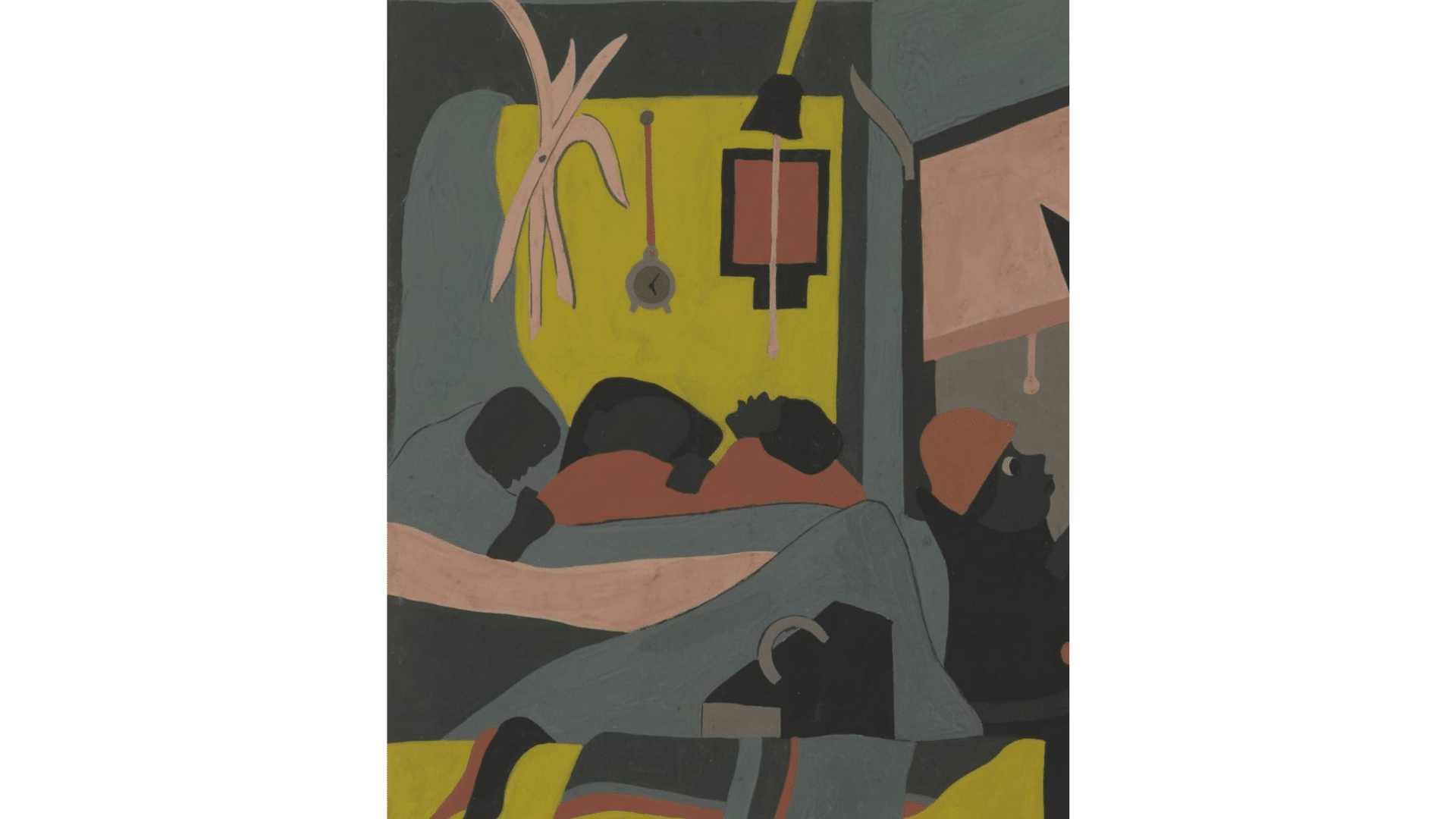
Source: DiscoverNewfields
Lawrence’s bold style captures life in Harlem tenements with stark emotion and simplicity. The flat planes and limited palette make the moment intimate and universal.
Students gain perspective on urban life and the human spirit during the Harlem Renaissance.
Activity: Compare imagery with modern photos using Venn diagrams.
3. The Migration Series: Jacob Lawrence
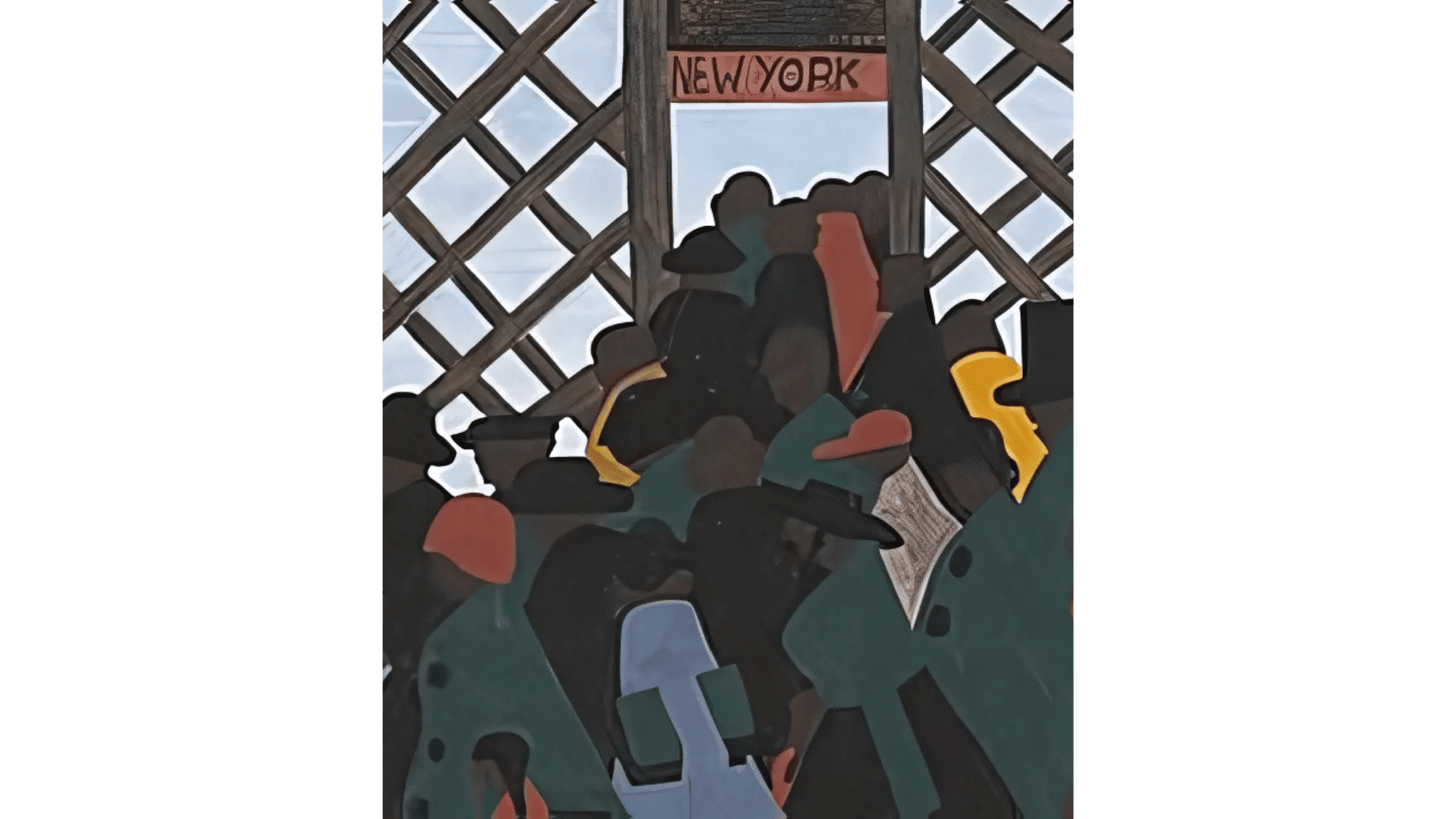
Source: Wikipedia
This breakthrough work narrates African Americans’ move north, blending struggle and hope.
The series’ 60 panels highlight themes of resilience, opportunity, and injustice. Students can analyze how visual storytelling conveys collective experience.
Activity: Gallery walk, students present insights on selected panels.
4. The Banjo Lesson: Henry Ossawa Tanner (1893)
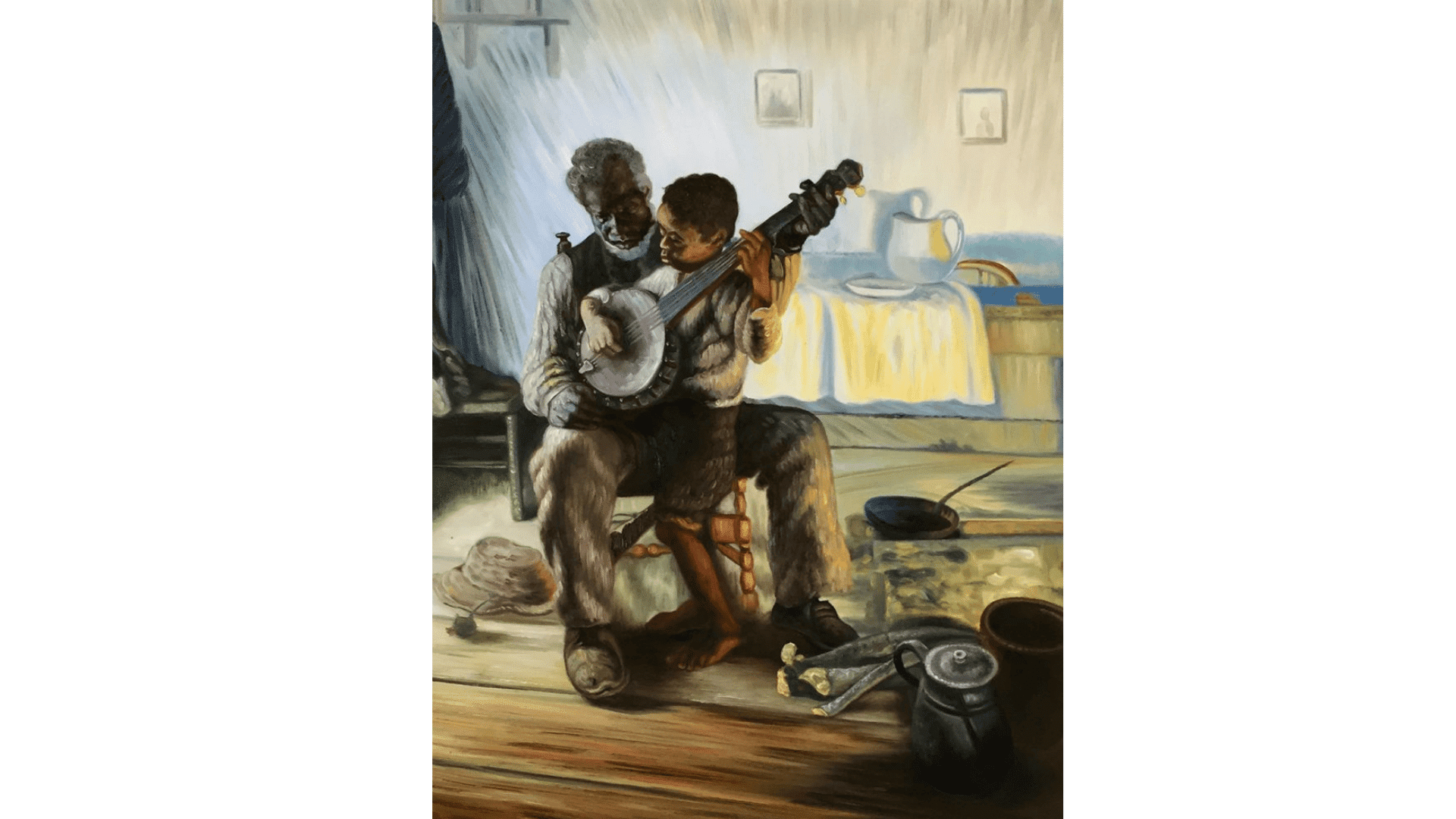
Source: OverstockArt
Tanner shows dignity in African American family life, challenging harmful stereotypes.
His tender portrayal highlights the importance of generational learning and cultural continuity. Students can discuss how art combats bias through humanizing imagery.
Activity: Apply the “See, Think, Wonder” routine to analyze meaning.
5. Works by Romare Bearden
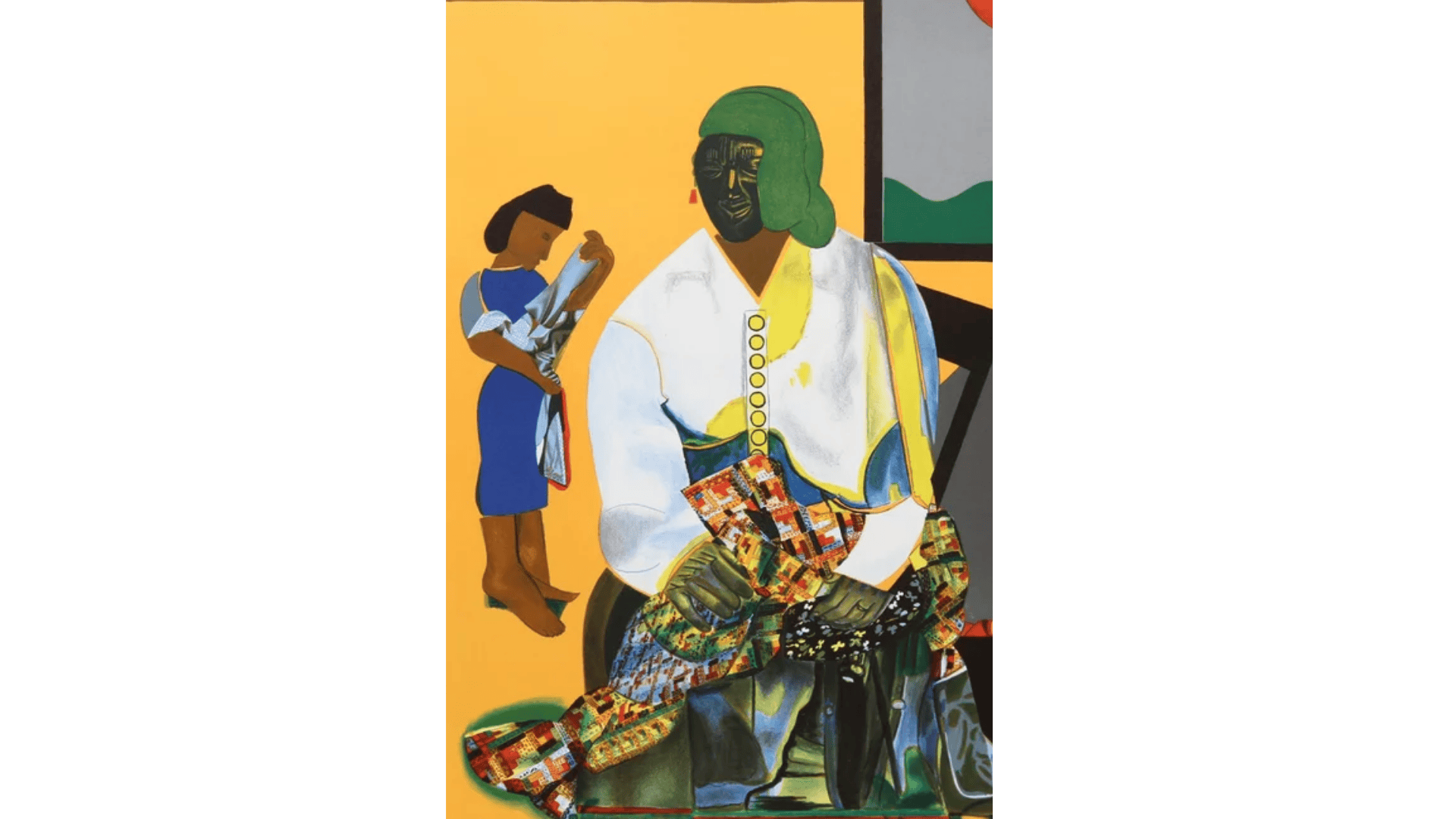
Source: Singulart
Bearden’s collages celebrate community, rhythm, and resilience in daily life. His layered textures and colors echo jazz improvisation. Students can learn how collage brings together many voices into one narrative.
Activity: Students create collages inspired by Bearden or reinterpret “The Block.”
6. Works by Aaron Douglas
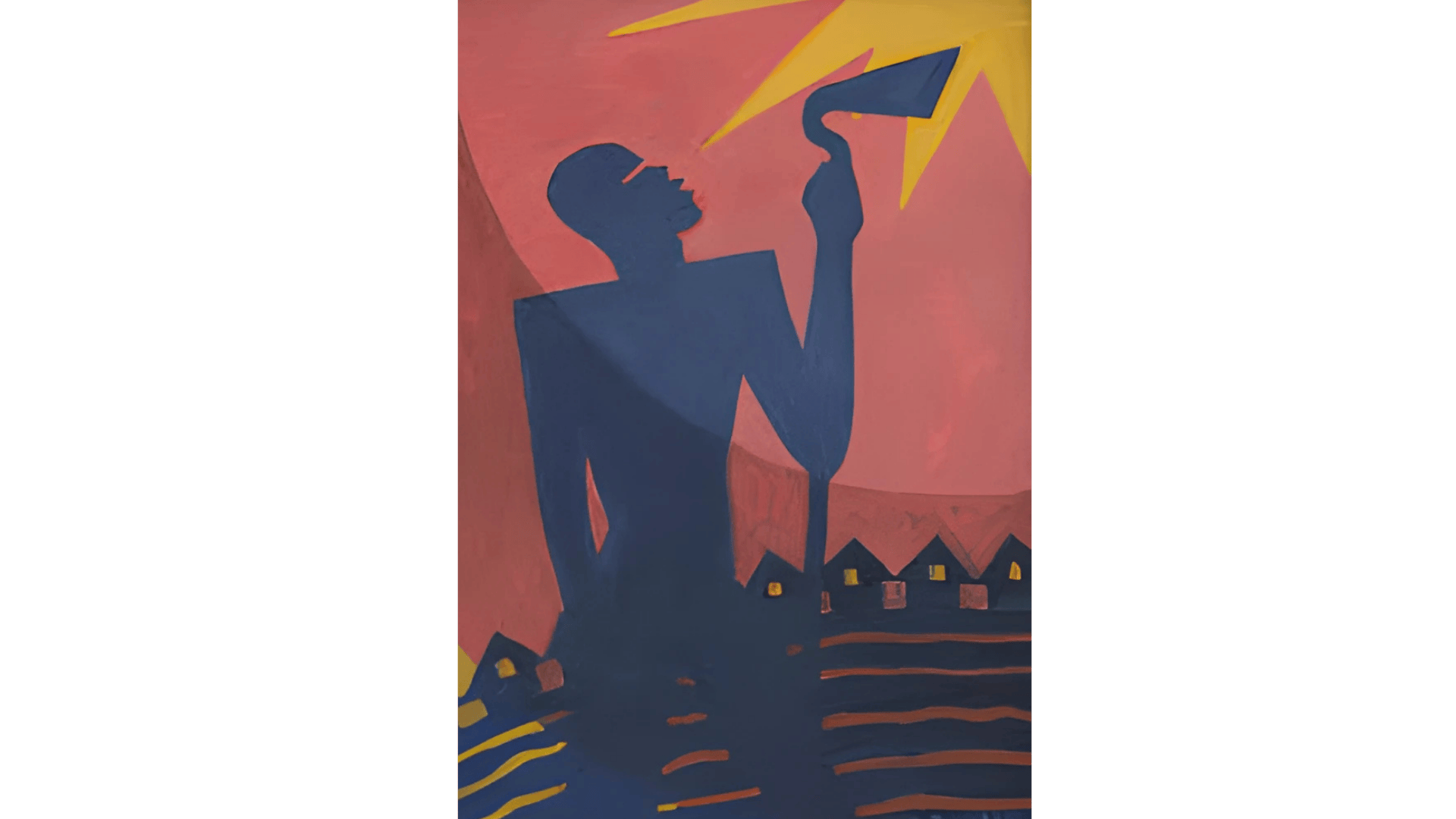
Source: TheJohnsonCollection
Douglas’s art uses African-inspired imagery and color to examine migration and identity.
His silhouetted figures and radiant patterns connect past and present. Students can examine how visual style shapes cultural storytelling.
Activity: Brainstorm shapes and colors as visual metaphors for freedom.
7. Featured Exhibit Works (Alston, Reiss, van der Zee)
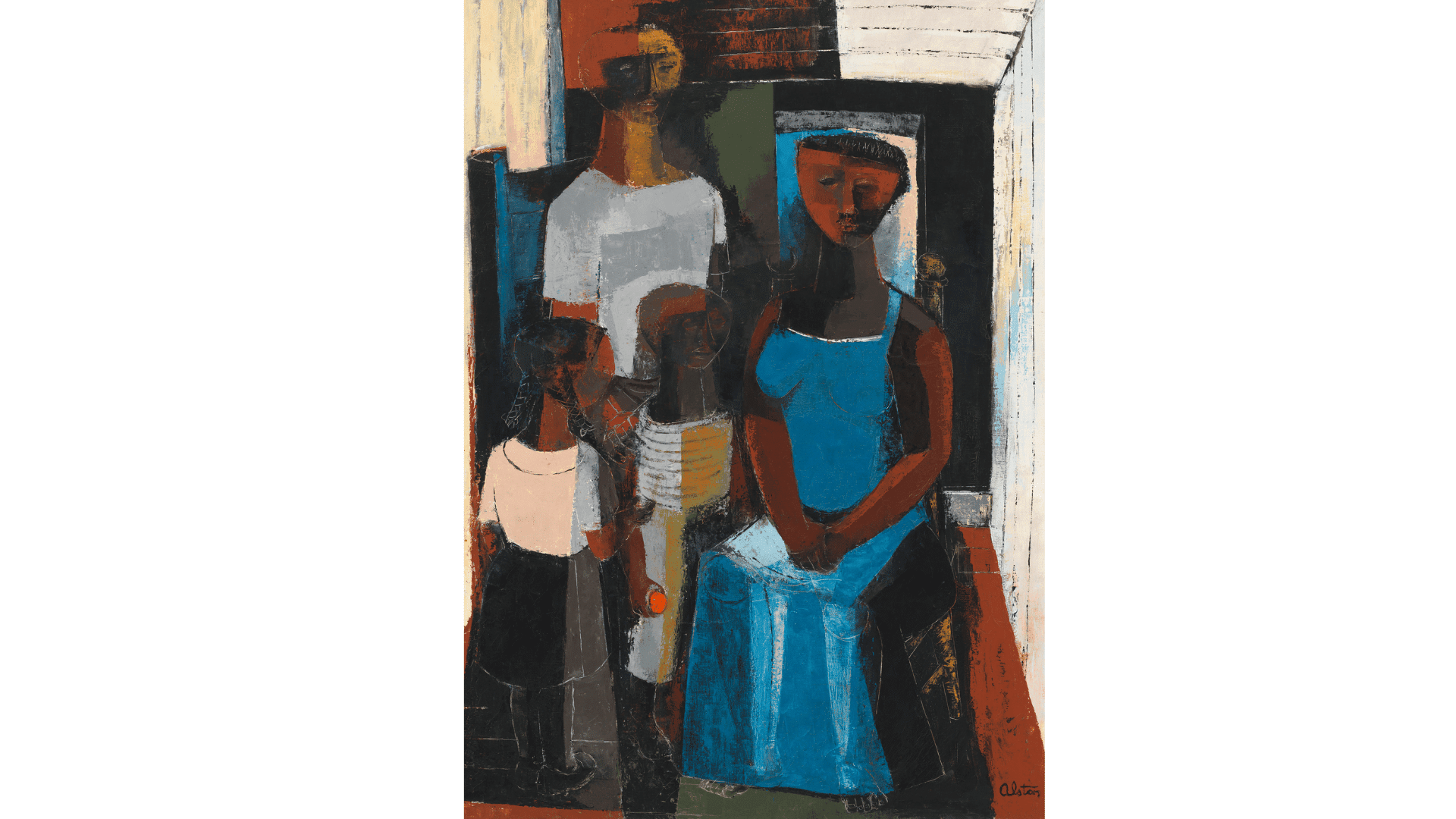
Source: WhitneyMuseumOfAmericanArt
Exhibits highlight diverse voices and visual storytelling from the Harlem Renaissance.
Artists captured music, pride, and daily life in unique styles. Students can experience multiple perspectives on Black identity and expression.
Activity: Virtual or in-person tours followed by reflection on one piece.
8. Primary-Source Visual Art Set: DPLA
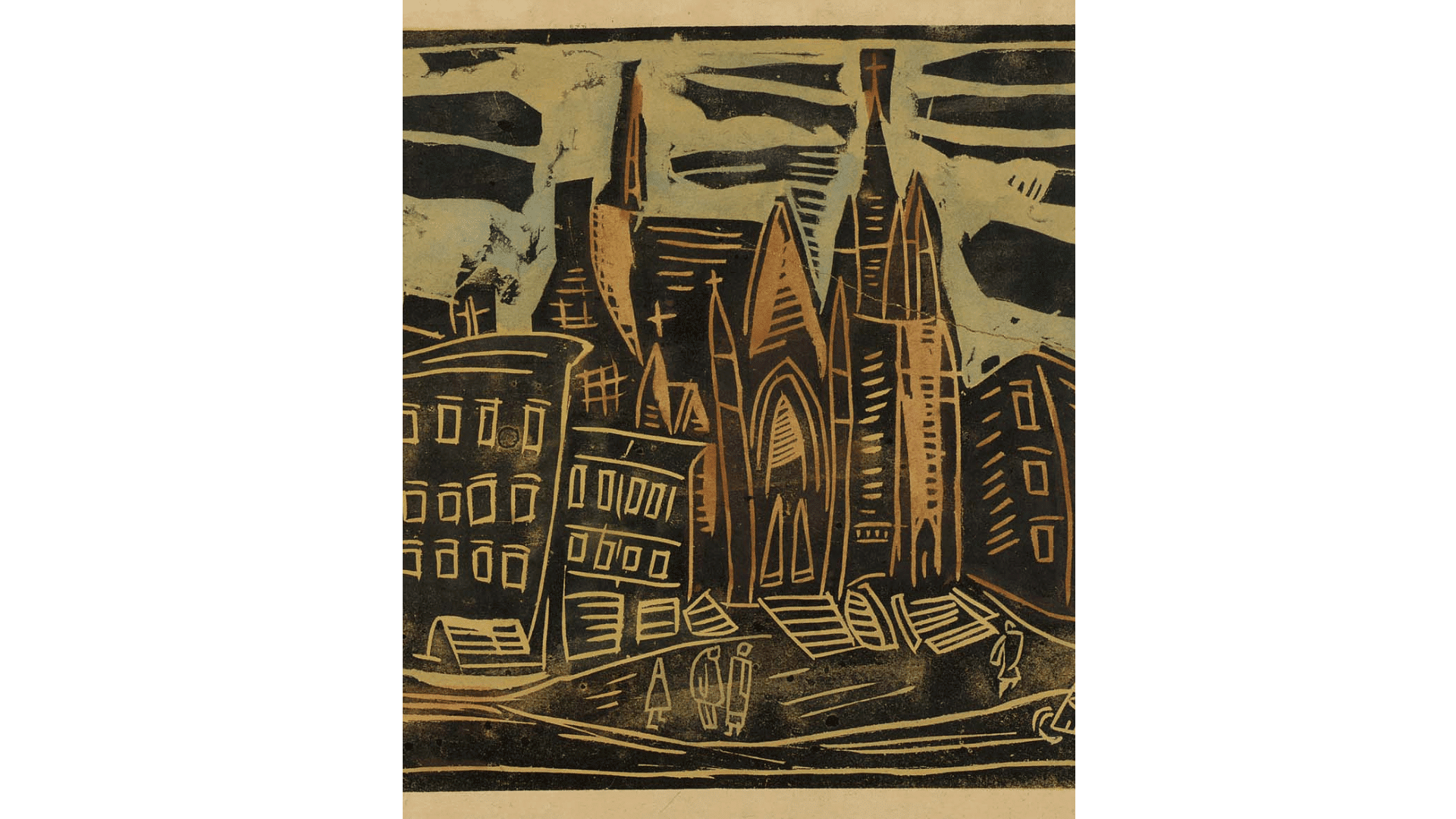
Source: DPLA
These works invite students to analyze themes of gender, representation, and intent.
They provide authentic historical perspectives from artists who are often overlooked. Students can examine how art reflects societal values and challenges inequality.
Activity: Small-group discussions on how gender is portrayed.
9. Smithsonian Learning Lab Collection

Source: Smithsonian Learning Lab
A curated set encourages students to critically explore Harlem Renaissance art. The variety of works helps students recognize recurring motifs and themes.
They can use the collection to practice asking deep questions about meaning and context.
Activity: Use “See, Think, Wonder,” then create inquiry questions.
By engaging with these works, students explore the intersection of art, identity, and history. Each activity fosters creativity while building empathy and cultural understanding.
Student-Centered Projects Inspired by Best Practices
Creative, hands-on projects bring Harlem Renaissance art to life, helping students make personal connections.
By drawing on expert blog suggestions, teachers can empower students to explore identity, history, and artistic expression in meaningful ways.
- Word-Art Vocabulary Mapping or Visual Journaling: From Building Book Love, students illustrate and define key terms, blending language with creative design.
- Digital Storytelling Projects: Inspired by The Art of Education, students create slideshows, iMovies, or print reproductions, and then reflect on their work in class discussions.
- Collage & Poetry Creation: Gluck Fellows Program of the Arts encourages students to mix visual art and poetry to explore their community experiences.
- “Drop Me Off in Harlem” Lesson Pack: A Kennedy Center resource that blends jazz visuals, historical inquiry, and relational portrait-making.
- Personal Identity Projects: Students design artworks that connect Harlem Renaissance themes with their own stories today.
These projects spark creativity while reinforcing cultural understanding. They also build critical thinking, collaboration, and self-expression, skills that extend beyond the art classroom.
Putting It All Together: Lesson Unit Plan
These artworks and activities form a cohesive lesson plan that guides students from curiosity to creation, exploring art as a cultural expression.
| PHASE | WHAT STUDENTS DO |
|---|---|
| Hook | Analyze The Banjo Lesson using the “See, Think, Wonder” strategy. |
| Exploration | View and compare The Ascent of Ethiopia, The Birth, and The Block. |
| Creation | Create original art inspired by the styles or themes of the Harlem Renaissance. |
| Reflection | Share their artworks and discuss the connections to personal identity and culture that they have today. |
This lesson plan fosters engagement, analysis, and personal expression by blending history, art, and identity, helping students view the Harlem Renaissance as a cultural movement and source of inspiration.
Final Brushstroke
The Harlem Renaissance painters left behind more than just beautiful artwork; they created a treasure map of secrets waiting to be found.
Their mysterious paintings continue to whisper stories from nearly a century ago, revealing hidden messages about hope, identity, and the power of creativity.
These brave artists have proven that art can break barriers and inspire change. Their legacy shows that every painting holds mysteries, and artists can change the world through their vision.
Harlem’s shadows hide these secrets, and the paintings still shine with magic.
Now it’s your turn to pick up a brush and paint your own mystery!

